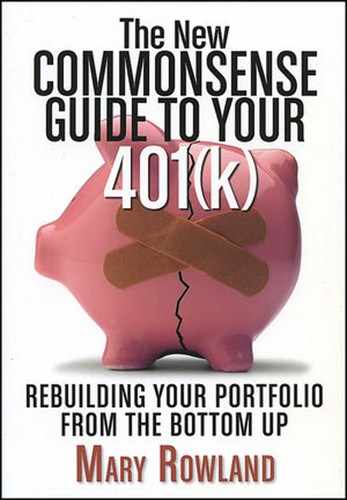YOU MUST BEGIN taking money from tax-deferred retirement accounts, which include individual retirement accounts (IRAs) and 401(k) plans, but not Roth accounts, by April 1 of the year following the calendar year in which you turn 70½, unless you are still working. If you are a participant in a qualified plan, like a 401(k) plan, and you are still working, you may postpone withdrawals. But even if you care still working, you must start taking distributions if you own more than 5 percent of the company.
Ten years ago, the rules for required minimum distributions were so complex and arcane that dozens of consultants earned a living by providing the best advice to clients. And many of those who did not get expert advice simply got a rotten deal. But in 2001 the IRS simplified the rules, and they are much more straightforward and easy to apply today. Still, this is a crucial issue and you must take great care to do it properly. The necessary instructions are available on live at www.irs.gov.
When a taxpayer reaches the minimum distribution age of 70½, he has until April 1 of the following year to take the first required minimum distribution from his plan. However, the second distribution will be due by December 31 of that same year. For that reason, some taxpayers decide to take the first distribution a year earlier than necessary rather than waiting and being forced to take two distributions (and pay tax on them) in the same year.
Most taxpayers will use the uniform lifetime table to figure the required minimum distributions (RMD). This table can be found on the Internal Revenue Service (IRS) Web site (www.irs.gov). It provides a bit more generous table or, in other words, it allows the taxpayer to take less out of the account than the earlier rules. Of course, you can always take more out of the account than what is required. If you do not take a distribution or if your distribution is not at least equal to the required minimum distribution, you may owe a 50 percent excise tax on the amount not distributed as required.
The distribution amount changes from year to year because life expectancy is reduced every year you grow older, but not by a full year. Your minimum distribution is calculated by dividing the value of the account at year end by the distribution period in the IRS table.
Suppose you plan to take a RMD in 2010. You will need to know your account balance as of December 31, 2009. You also need to know your distribution amount based on the uniform lifetime table. For example, if you will be seventy-two in 2010, the distribution period is 25.6 years. Suppose your account balance on December 31, 2009 is $100,000. You divide $100,000 by 25.6 to see that your required distribution is $3,906. The following year you will need to go back to the table to get your new life expectancy.
If your spouse is more than ten years younger than you, use the joint life expectancy table, which will allow you to take a smaller payout. If an IRA accountholder dies, the spouse can roll over the money to his or her own account and follow the same rules. If the beneficiary is an inheritor who is not the spouse, the payout is calculated based on the inheritor's age plus one year. So if a forty-year-old grandchild inherits money, her age the following year (forty-one), would allow a payout of 42.7 years. Rules for calculating the required minimum distributions are the same for IRAs and 401(k)s.
However, if an IRA account holder has several different accounts he must calculate the required distribution from each one. But he is permitted to take the total required distribution from one account. That is also true for 403 (b) plans. Required distributions from other retirement plans such as 401(k) and 457 plans must be withdrawn separately from each account.
